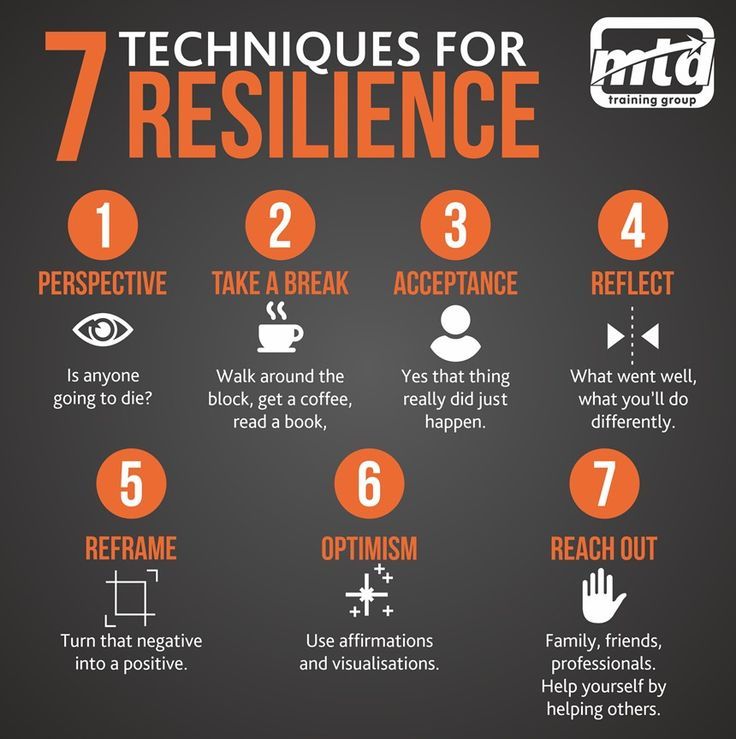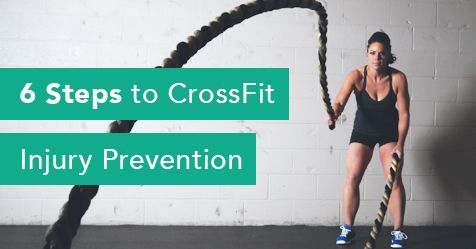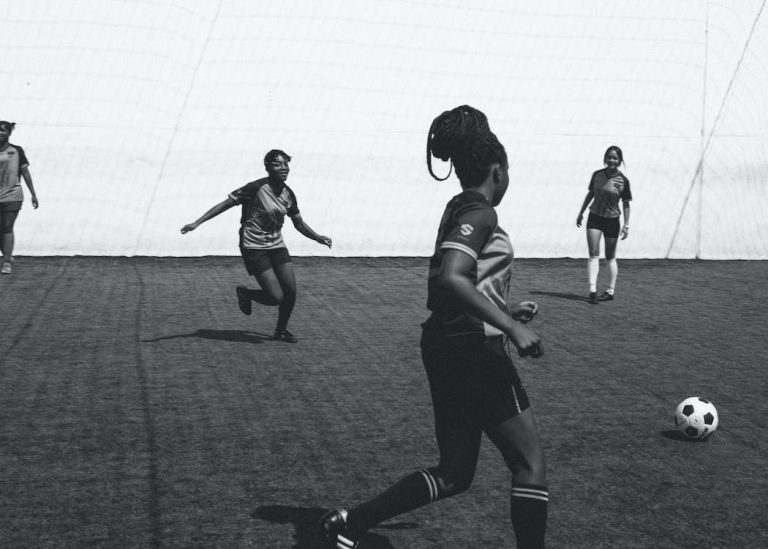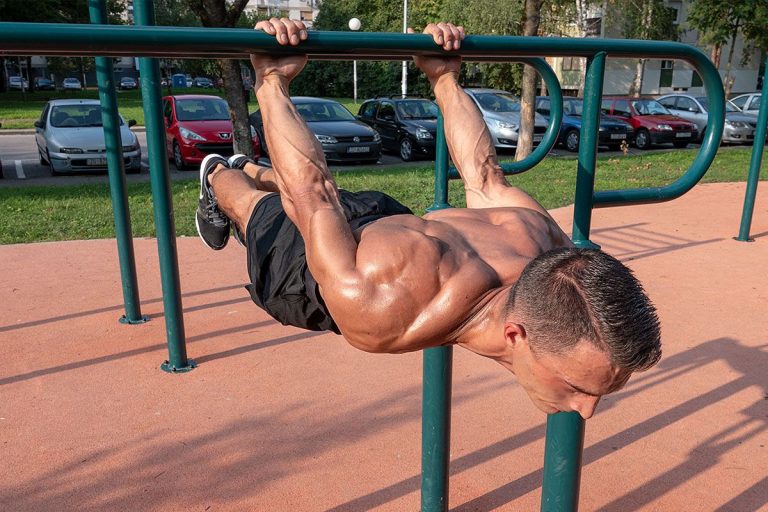Participating in CrossFit is more than just a physical test; it requires mental resilience to overcome the challenges that come with pushing your body to its limits. Whether you are a seasoned athlete or a beginner, building mental resilience is crucial to achieve success and embrace the true spirit of CrossFit.
Understanding Mental Resilience
Mental resilience is the ability to adapt, recover, and bounce back from setbacks, challenges, and difficult situations. In the context of CrossFit, mental resilience plays a pivotal role as it allows athletes to navigate through physical pain, fatigue, and self-doubt, ultimately pushing past their limits to reach new heights of performance.
Developing Mental Resilience in CrossFit
1. Goal Setting
Setting clear and achievable goals is a fundamental aspect of building mental resilience in CrossFit. By defining specific short-term and long-term goals, athletes provide themselves with targets to work towards, helping maintain focus and motivation during challenging workouts.
2. Positive Self-Talk
The way we speak to ourselves has a significant impact on our mental resilience. Incorporating positive self-talk during CrossFit workouts can help athletes overcome self-doubt and maintain a strong mindset. Encouraging phrases such as “I can do this” or “Keep pushing!” can provide the extra motivation needed to endure difficult physical tasks.
3. Embracing Failure
In CrossFit, failure is inevitable. Embracing failure and learning from each setback is key to developing mental resilience. By reframing failure as an opportunity for growth, athletes can let go of perfectionism and focus on continuous improvement. Each failure becomes a stepping stone towards future achievements.
4. Visualization and Mental Imagery
Visualizing success and mentally rehearsing workouts can significantly enhance an athlete’s mental resilience. By picturing themselves overcoming challenges, athletes can reinforce positive beliefs and reduce performance anxiety. Visualization is a powerful tool to prepare the mind for the demands of CrossFit and enhance overall performance.
5. Mindfulness and Breathing Techniques
Mindfulness and breathing techniques can help athletes cultivate mental resilience by grounding themselves in the present. Deep breathing exercises can provide a sense of calmness and focus during intense CrossFit sessions. Incorporating mindfulness practices can also help athletes detach from negative thoughts and stay fully engaged in their training.
The Impact of Mental Resilience on CrossFit Performance
Developing mental resilience in CrossFit goes beyond enhancing one’s ability to endure physical pain; it directly influences overall performance. Athletes with strong mental resilience are more likely to persist through tough workouts, execute technique with precision, and maintain focus even in the face of adversity.
Mental resilience also plays a role in injury prevention, as it encourages athletes to recognize their limits and prioritize safety during training. By being mentally resilient, CrossFit athletes can better assess their body’s signals, reduce the risk of overexertion, and avoid serious injuries.
Conclusion
In the world of CrossFit, mental resilience is just as important as physical strength. Athletes who cultivate mental resilience are better equipped to face challenges, push through obstacles, and achieve their goals. By incorporating goal setting, positive self-talk, embracing failure, visualization, mindfulness, and breathing techniques, CrossFit enthusiasts can develop the mental fortitude necessary to excel in their fitness journey. Remember, it is not just about building a strong body but also a resilient mind.











